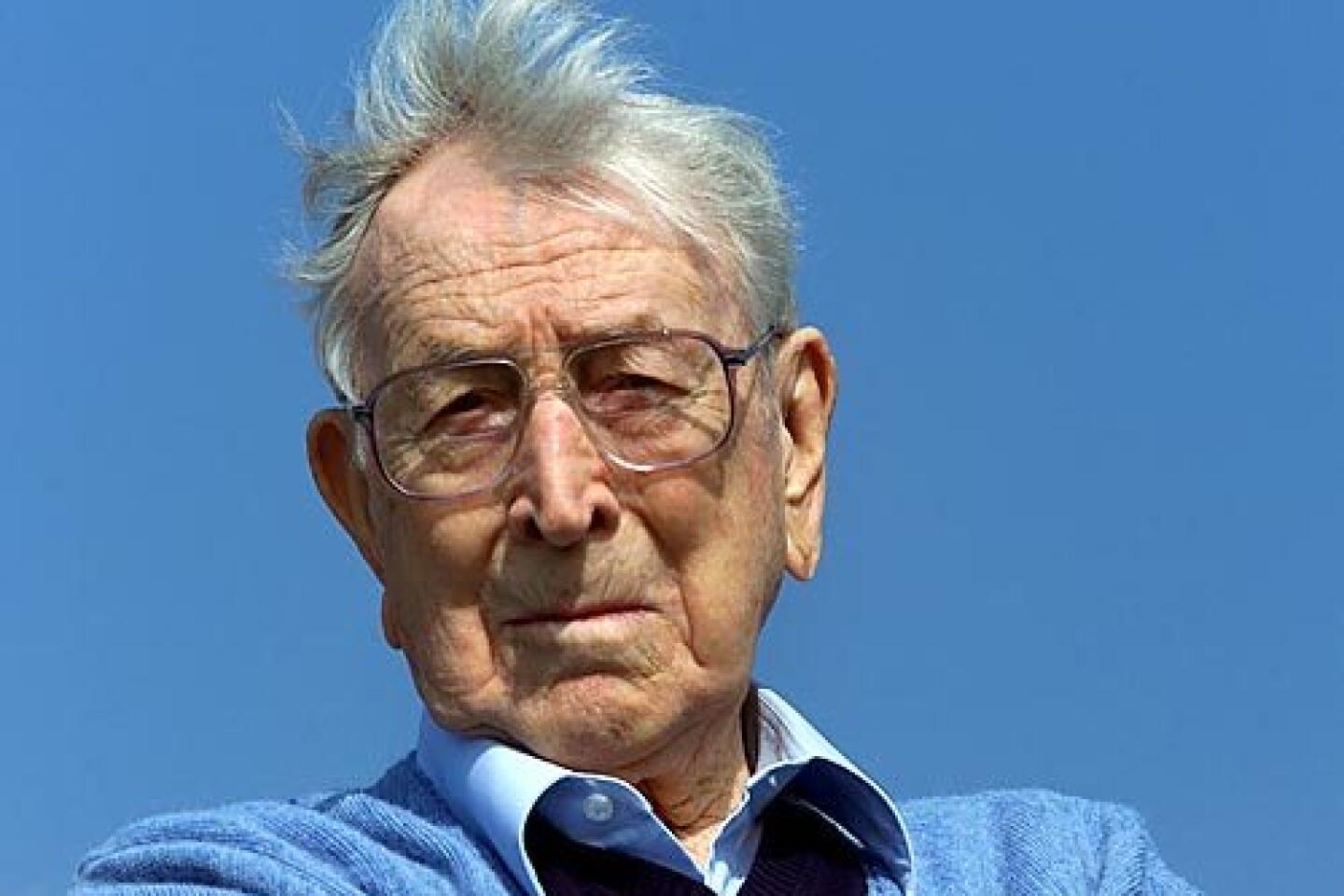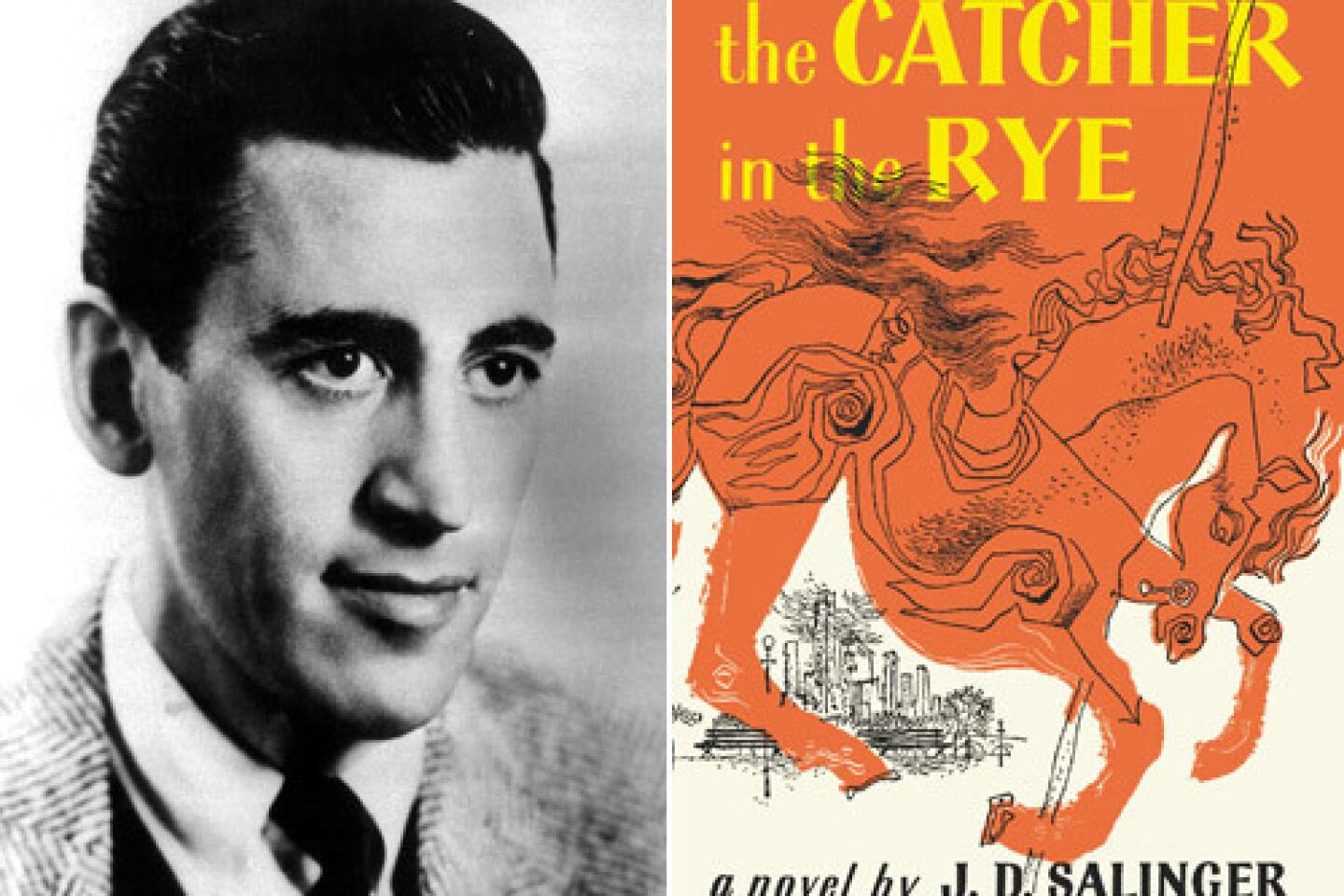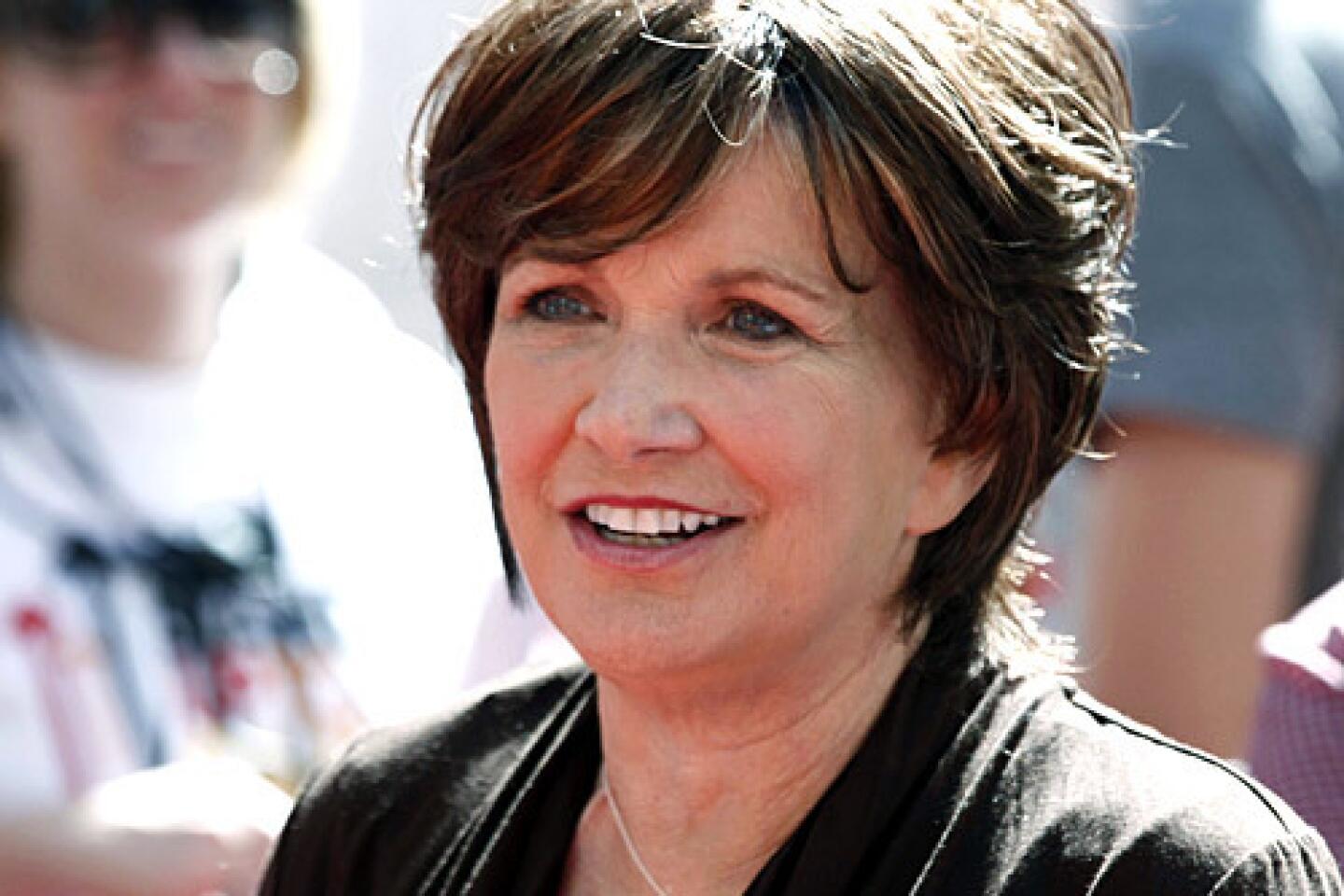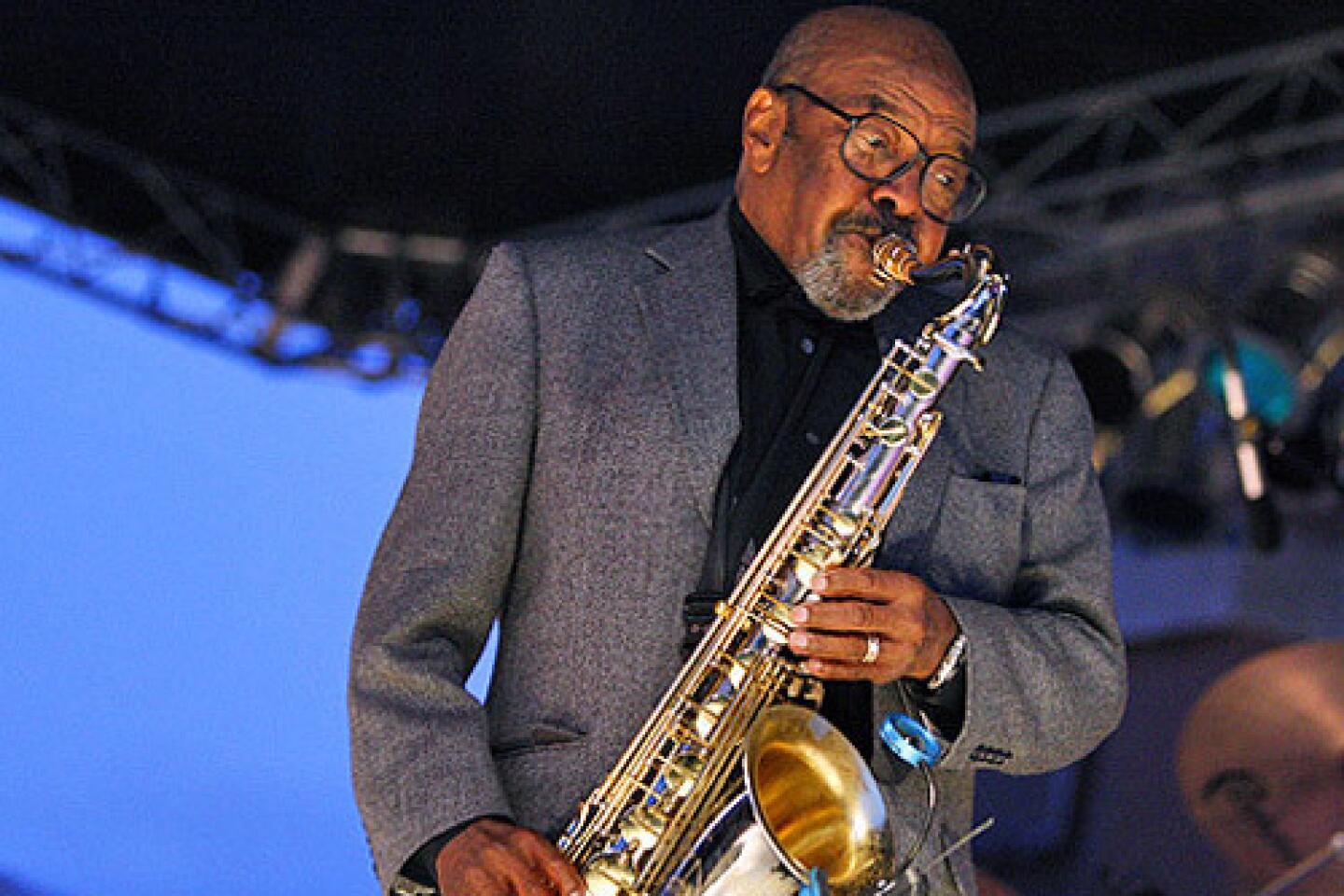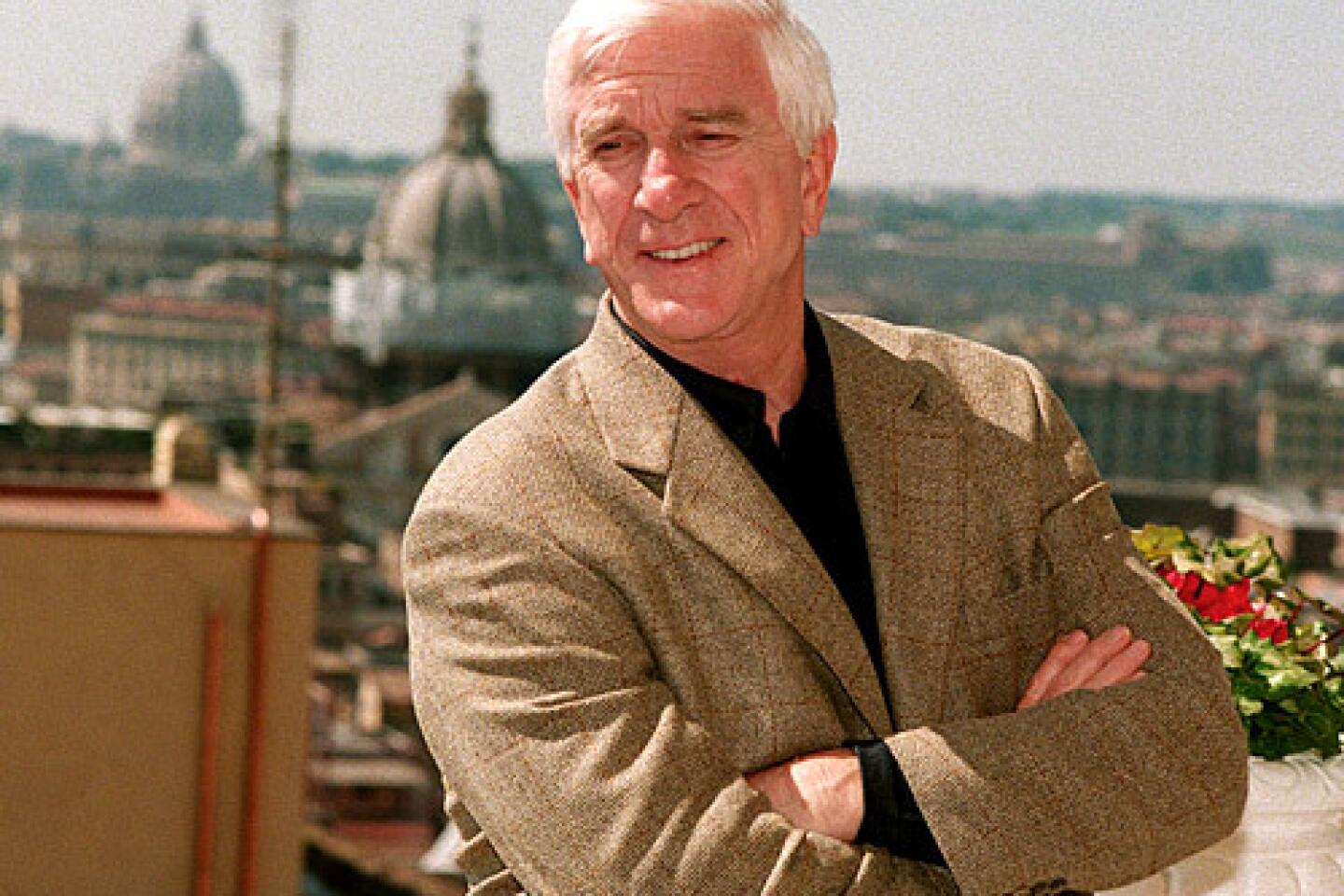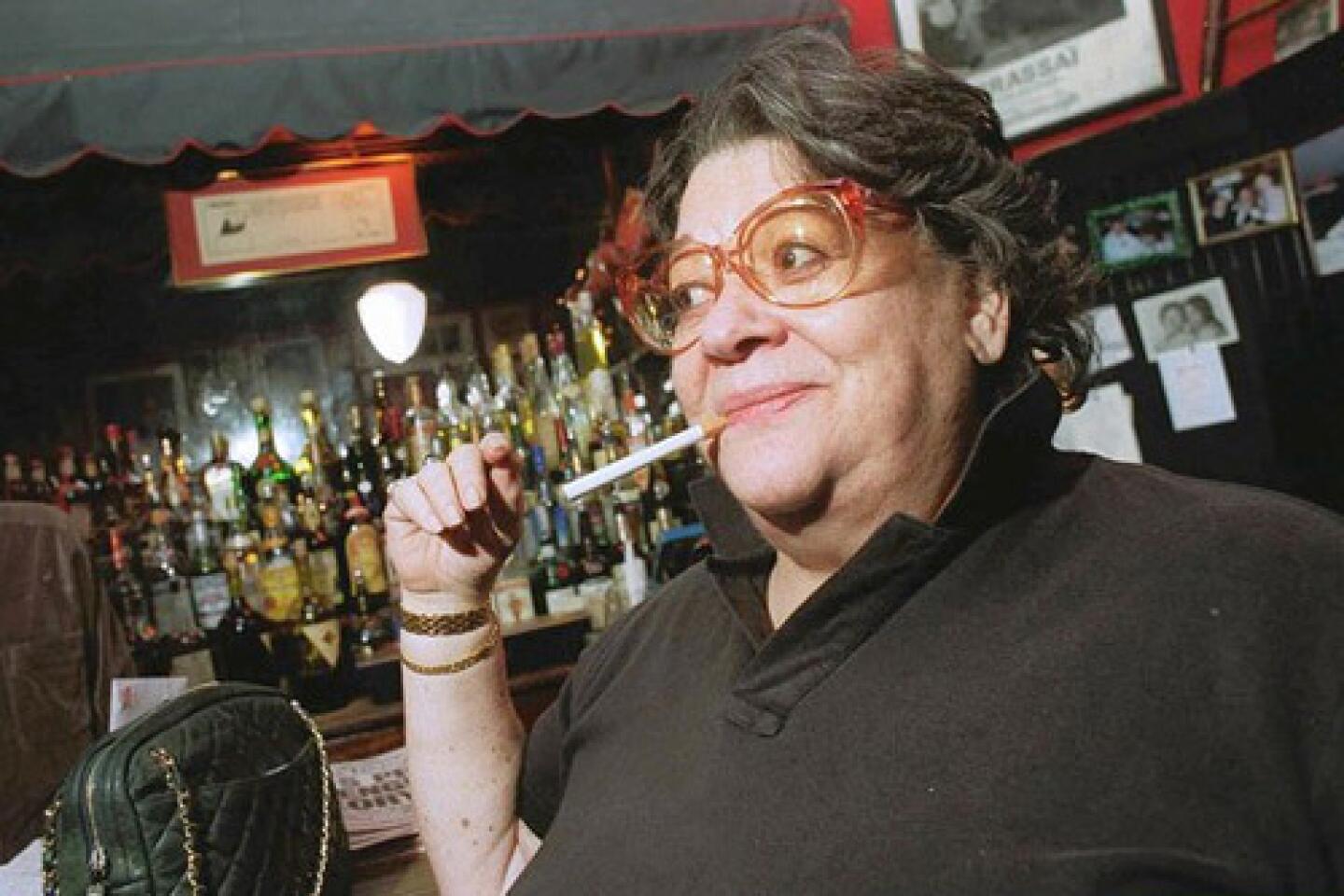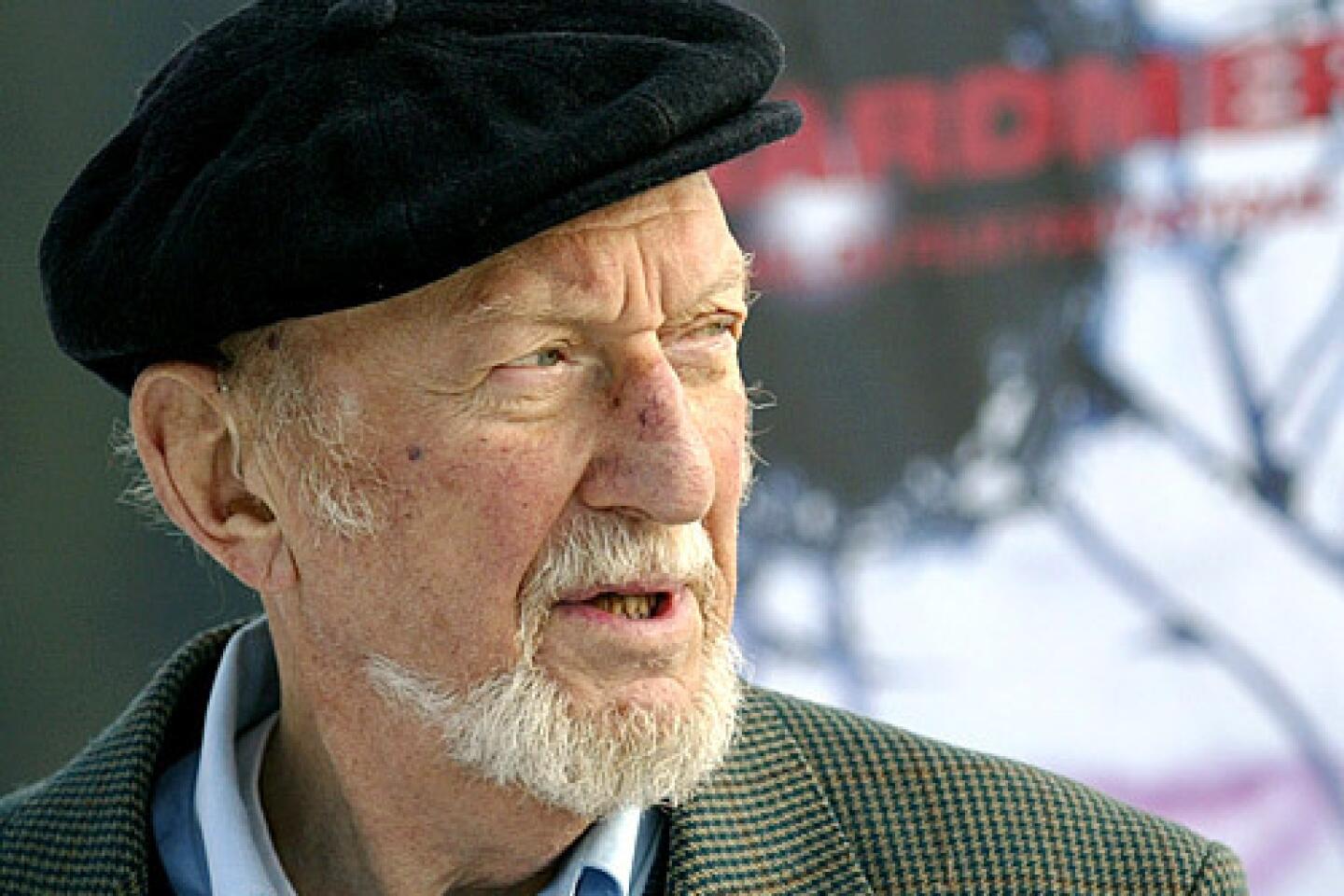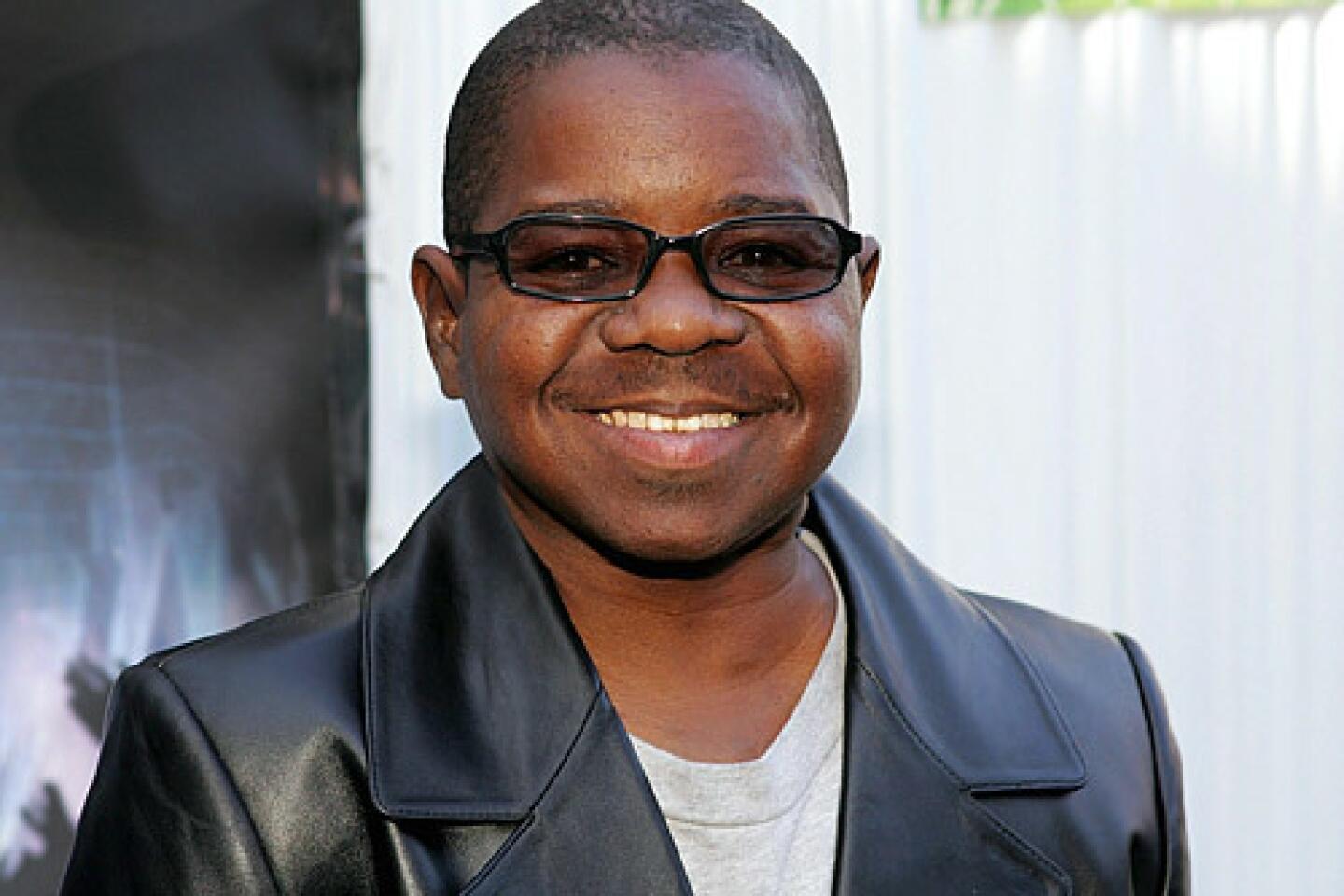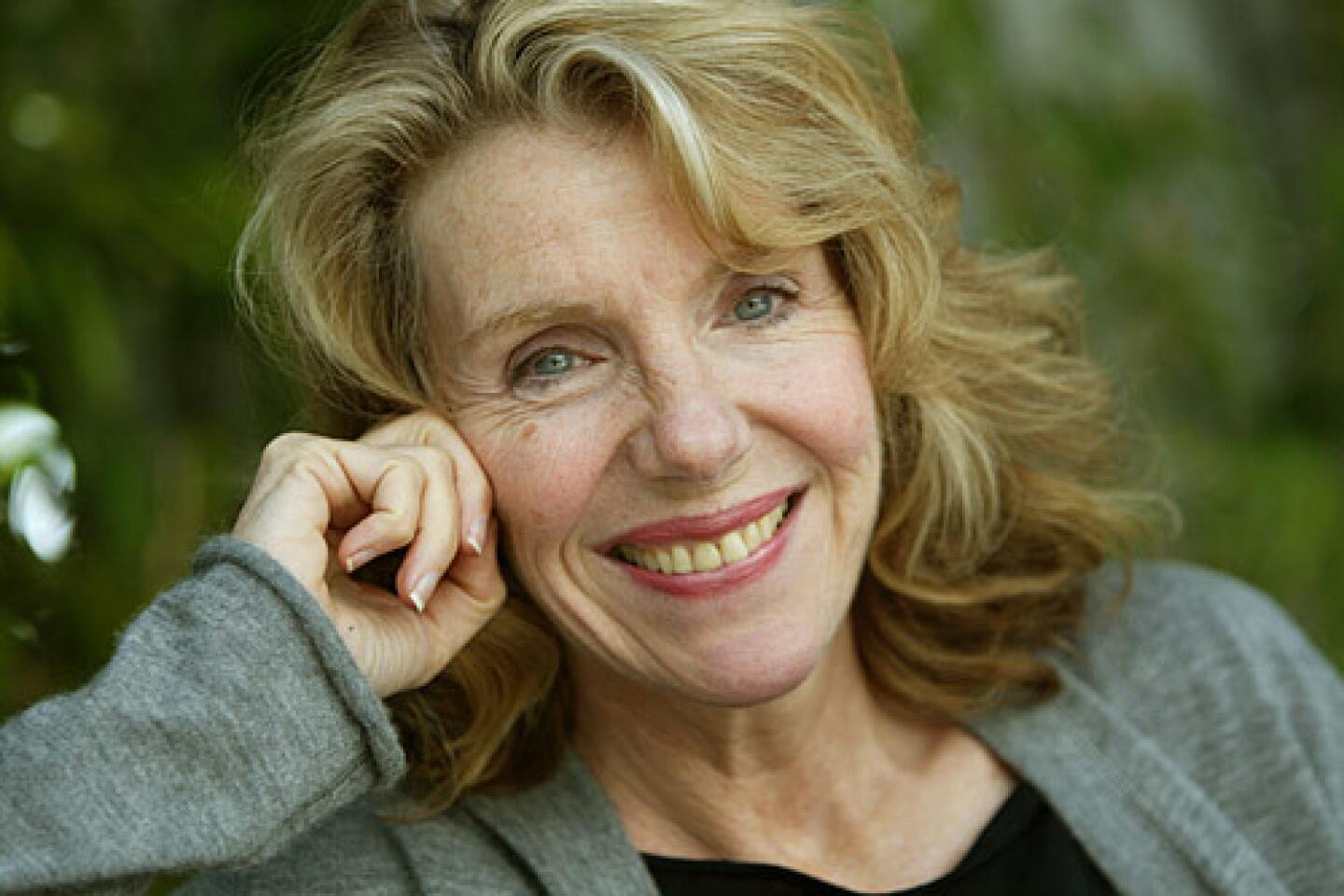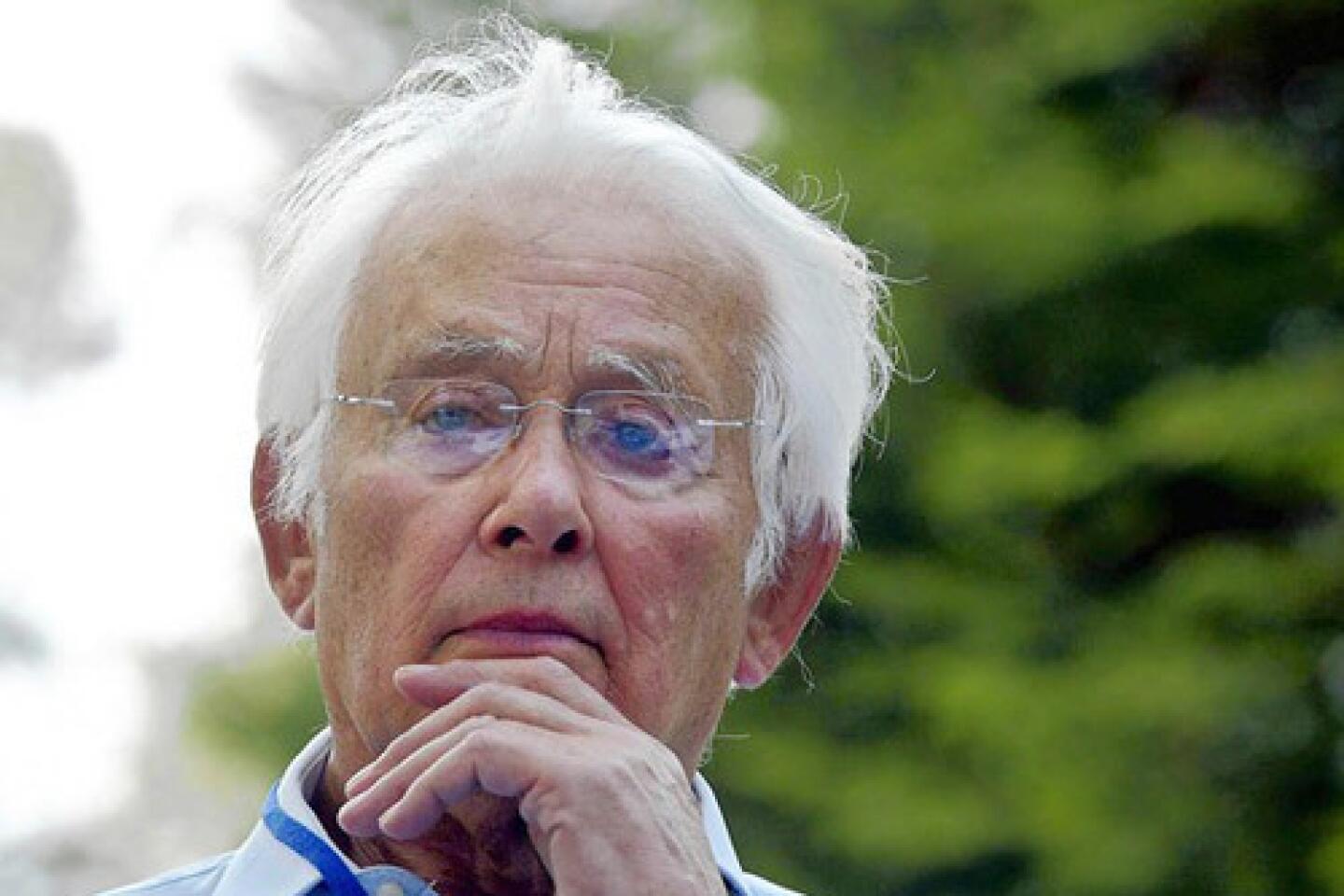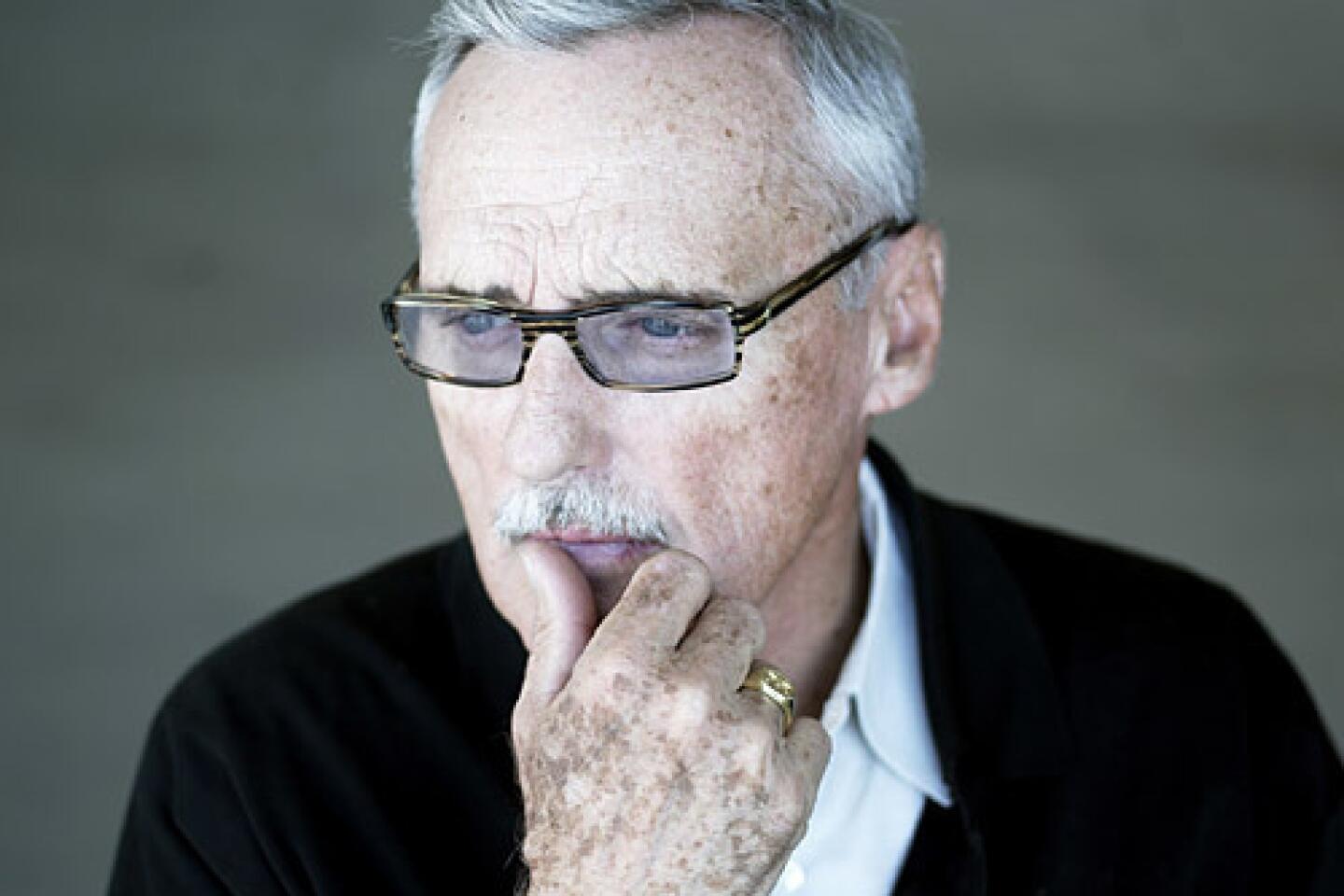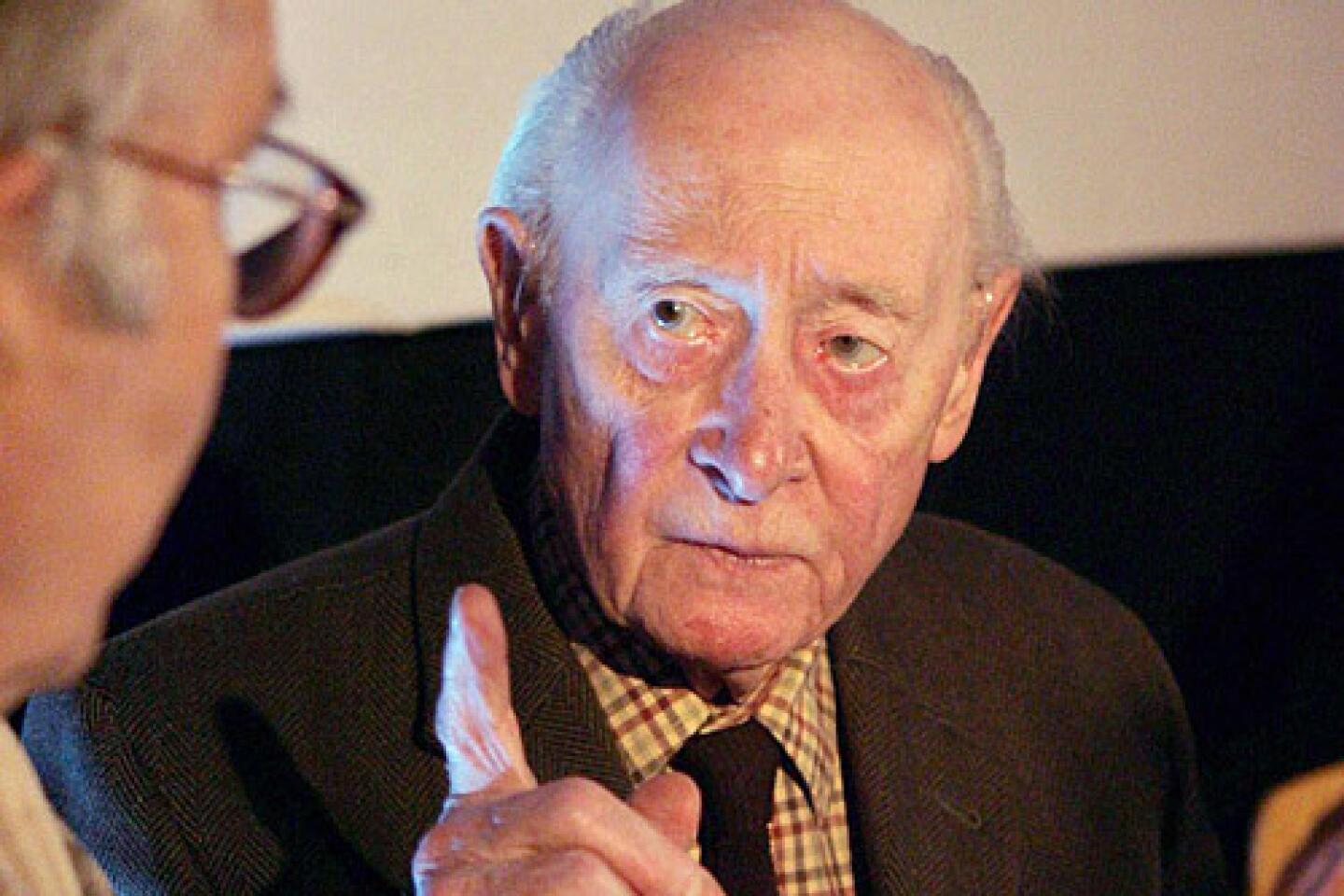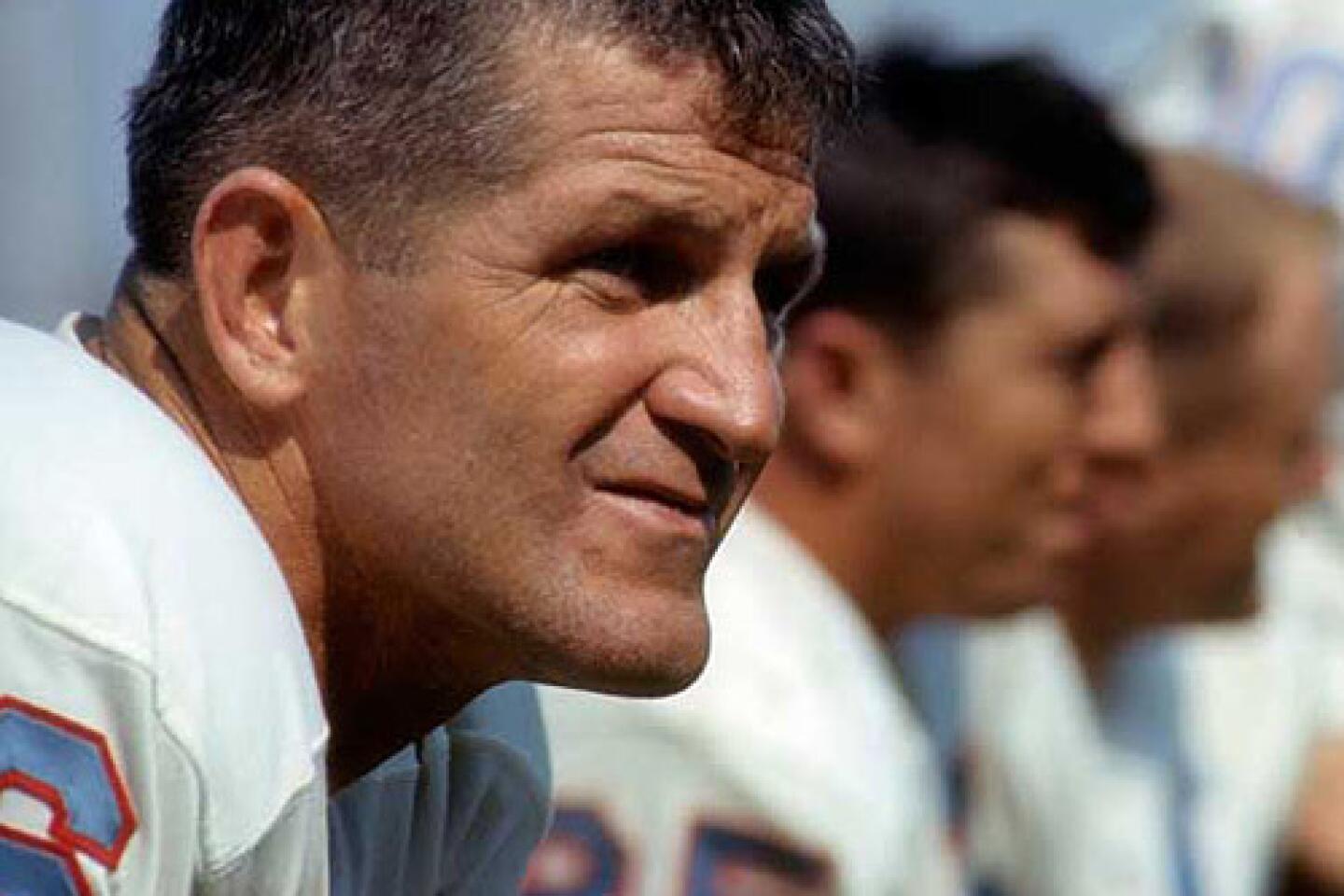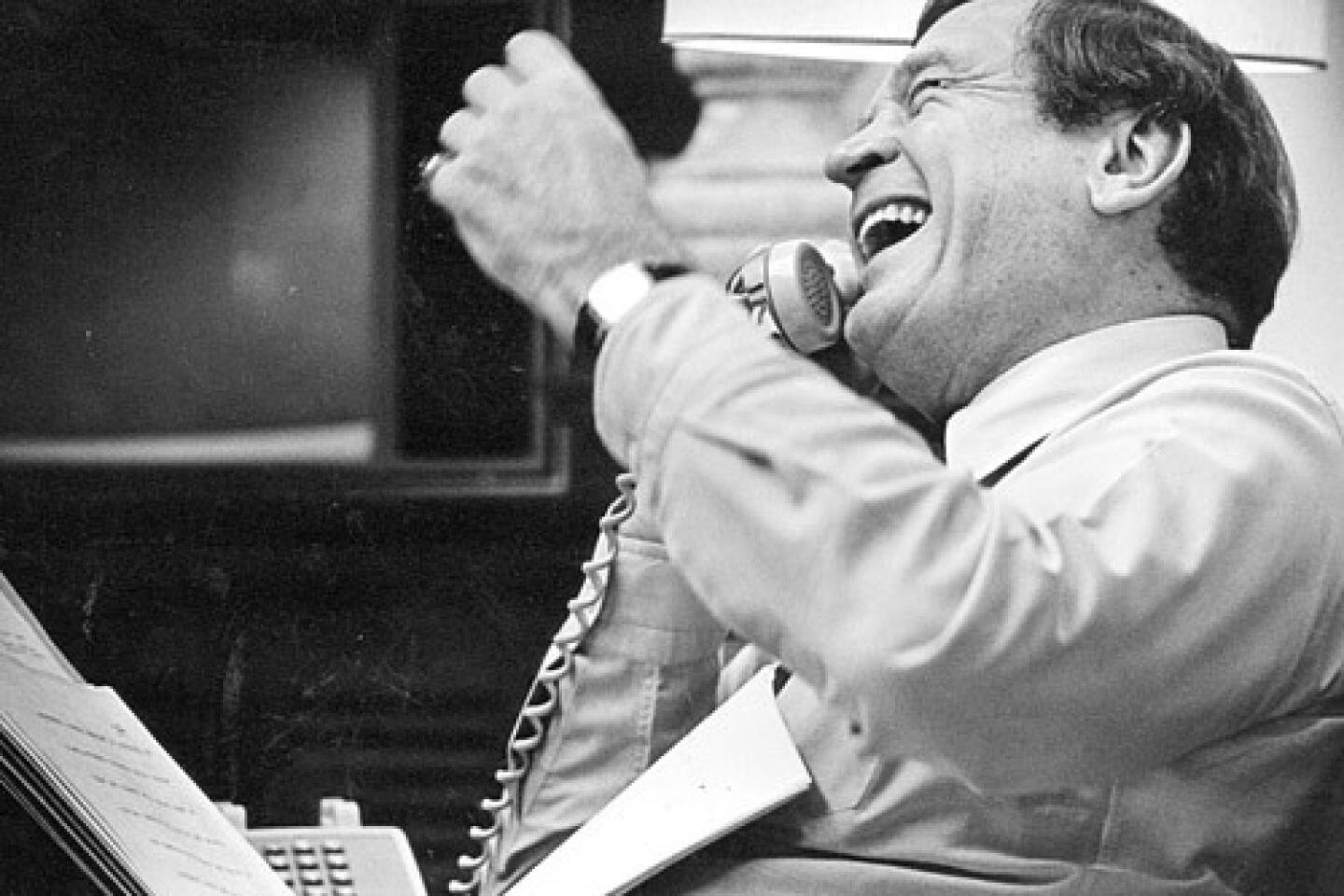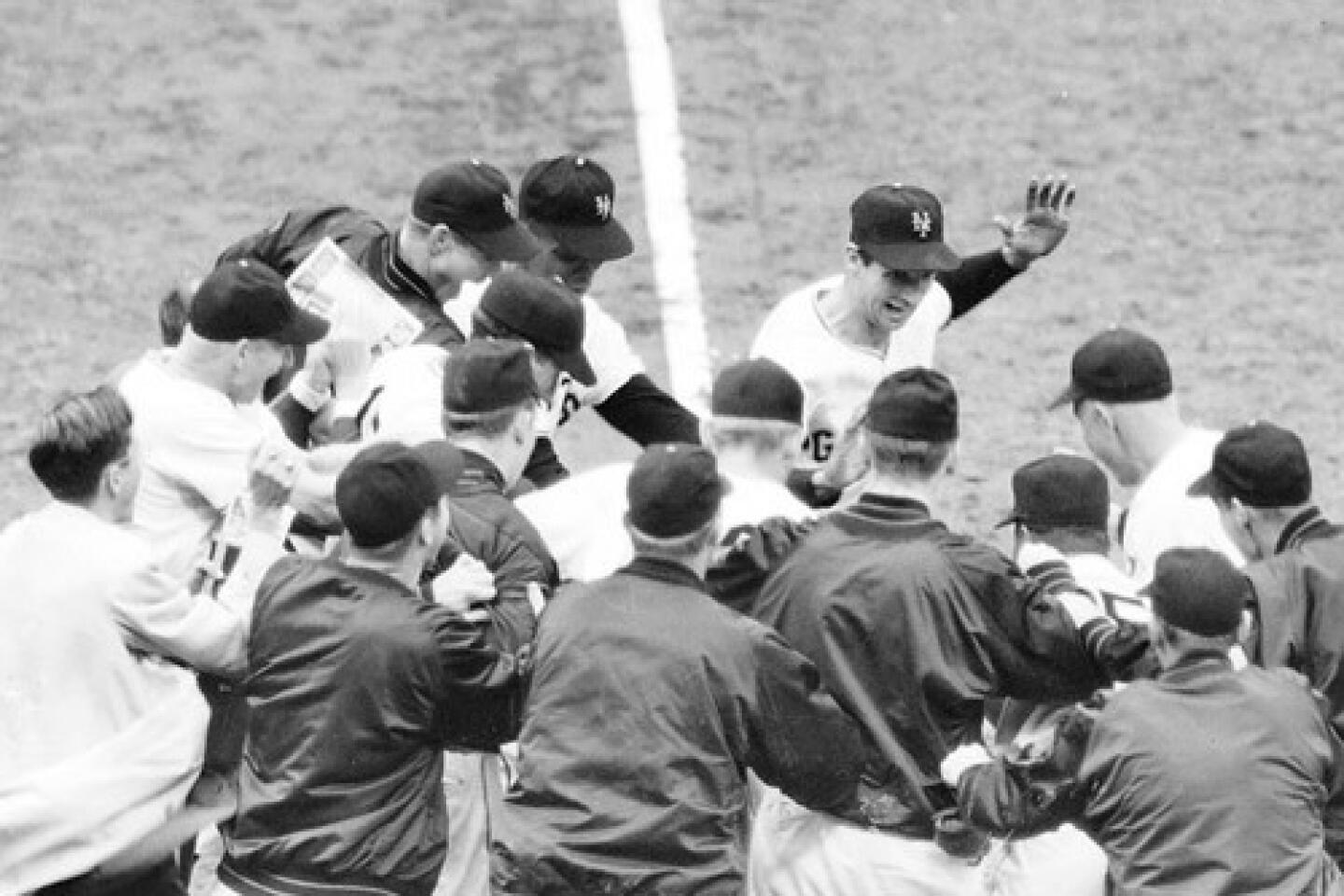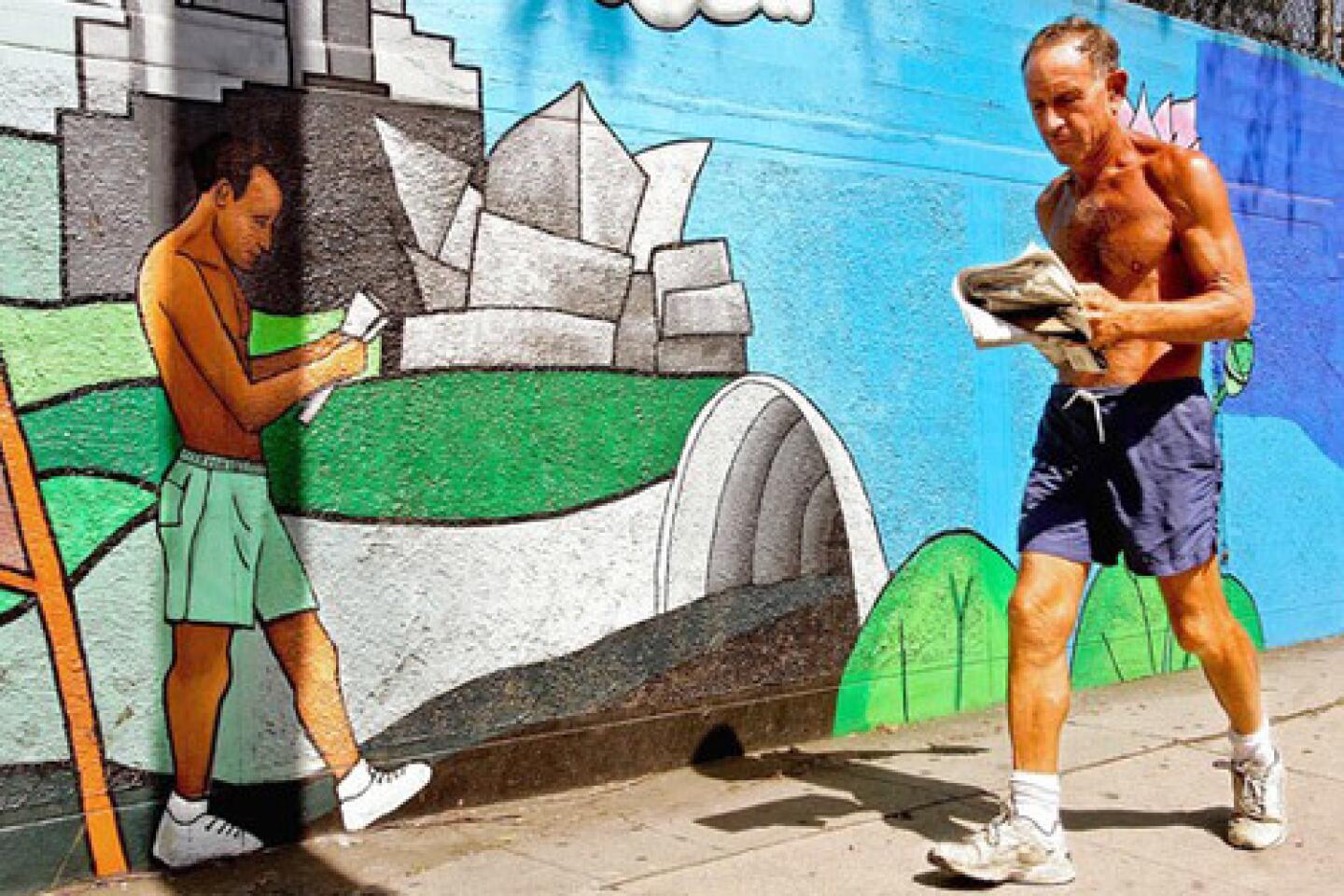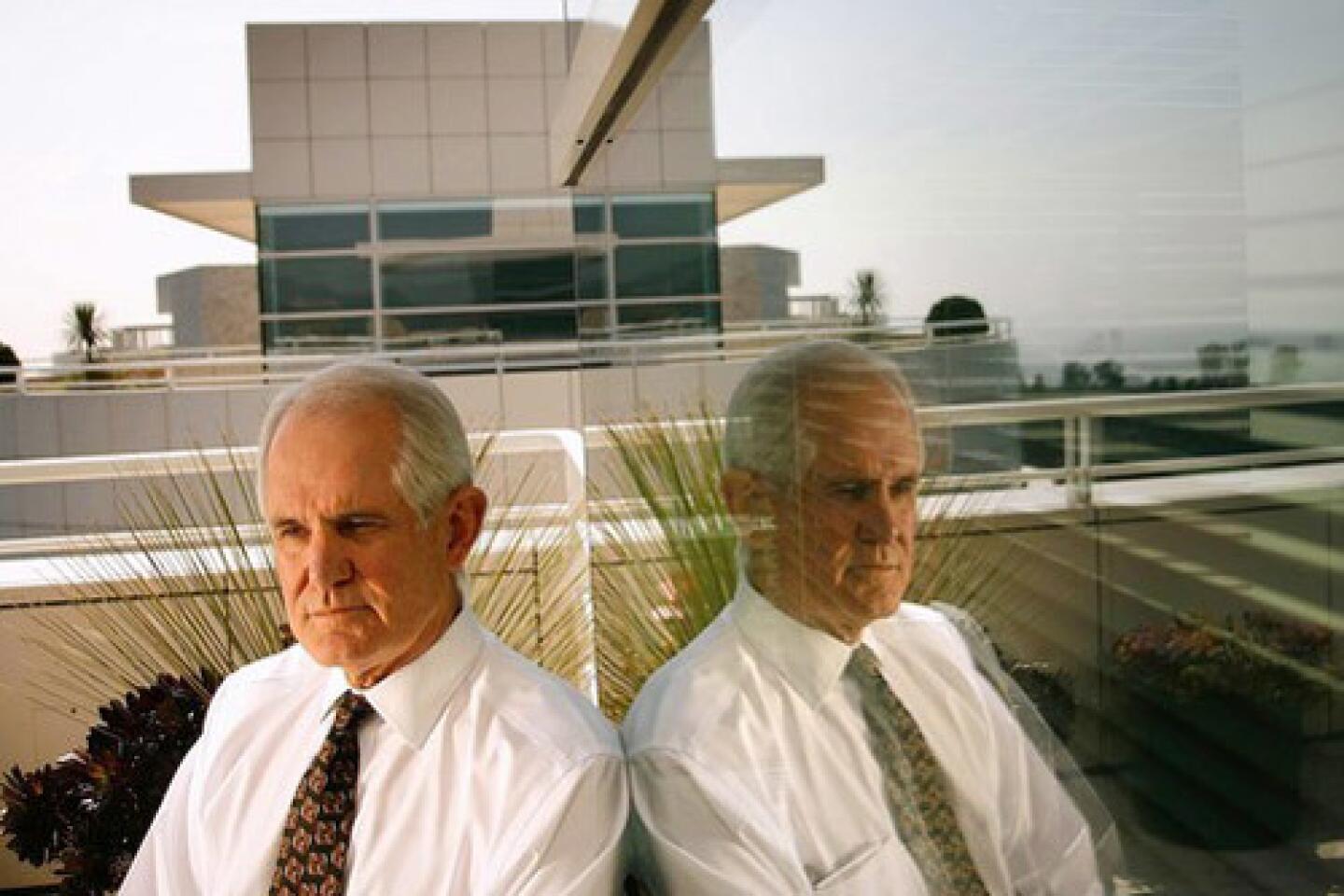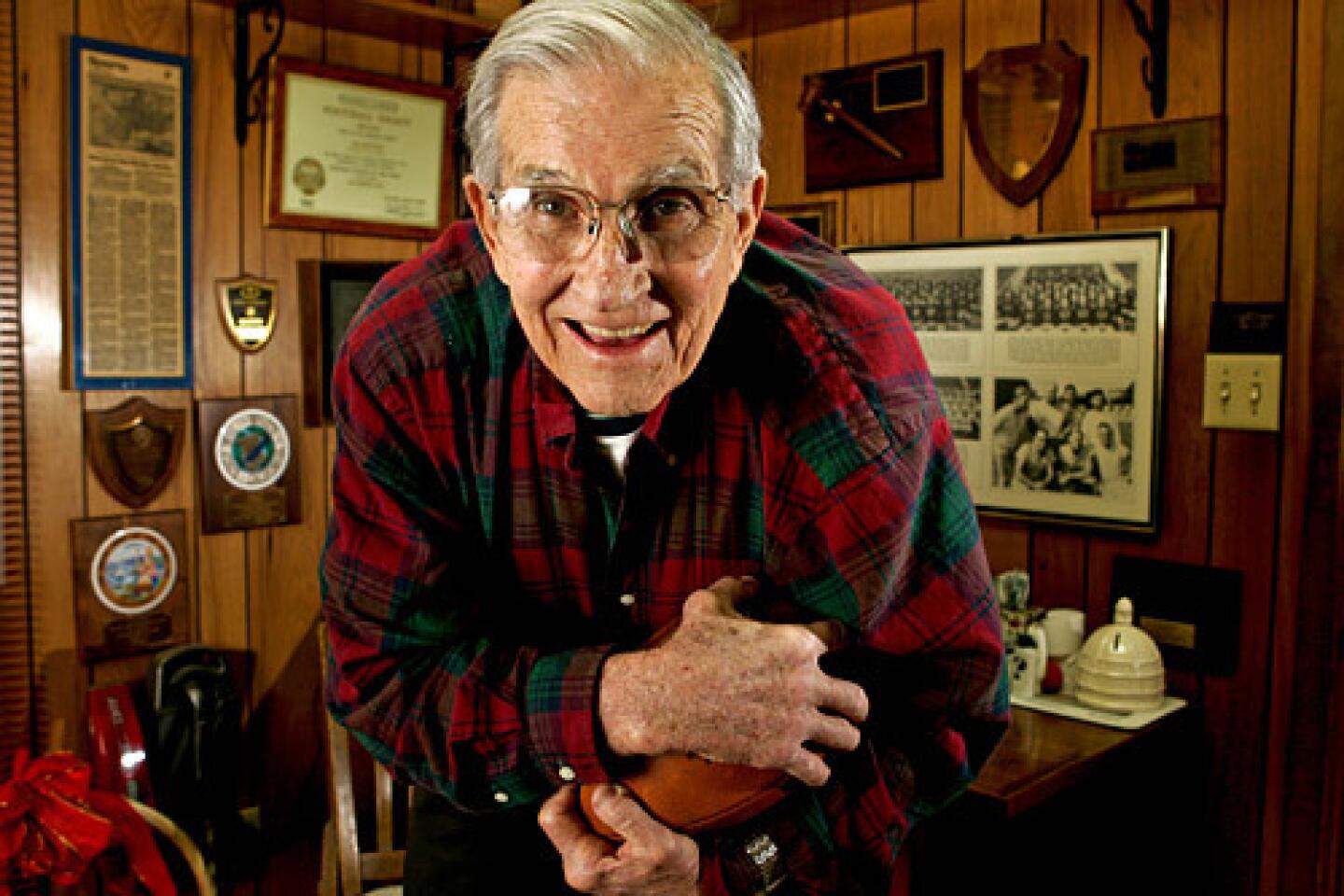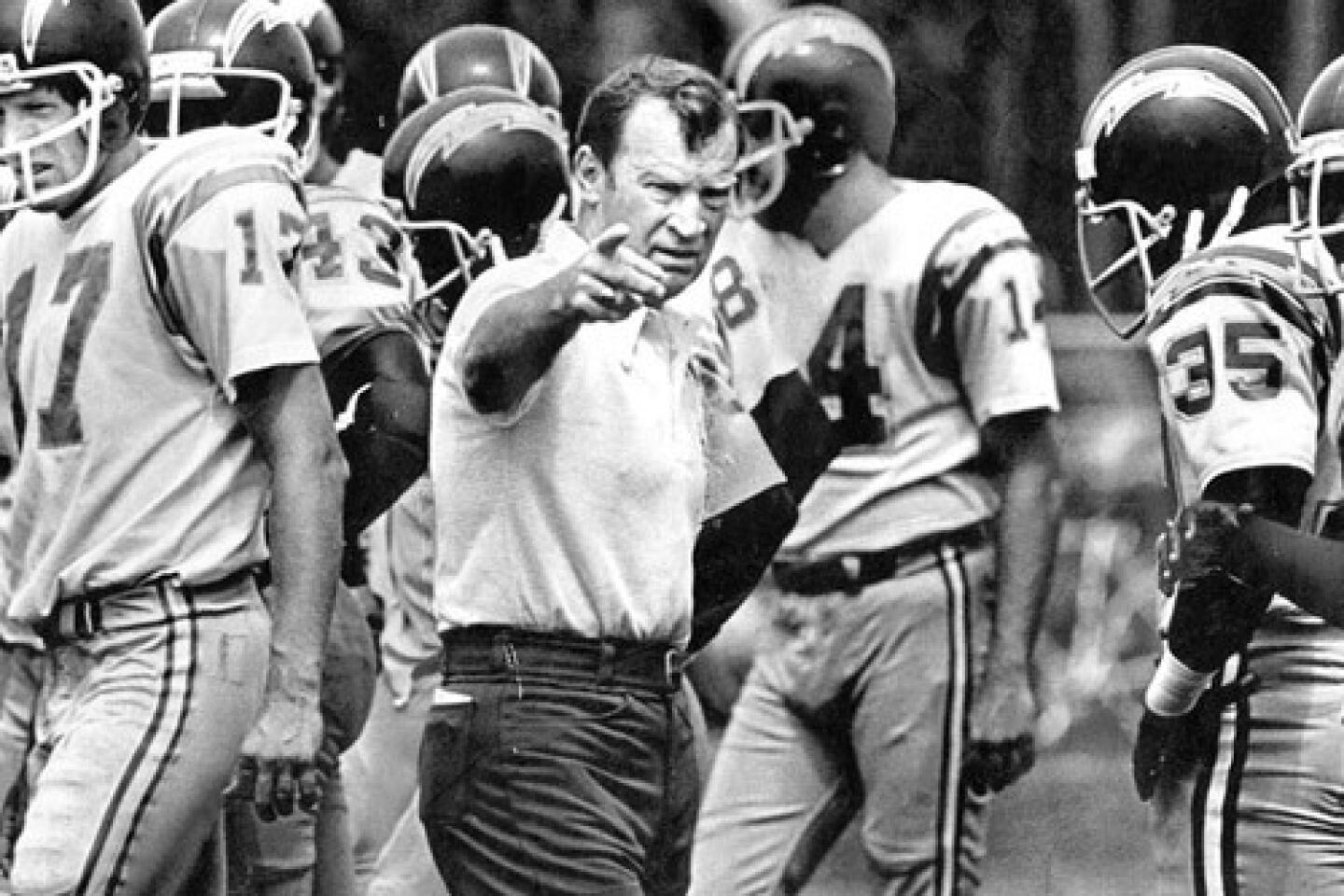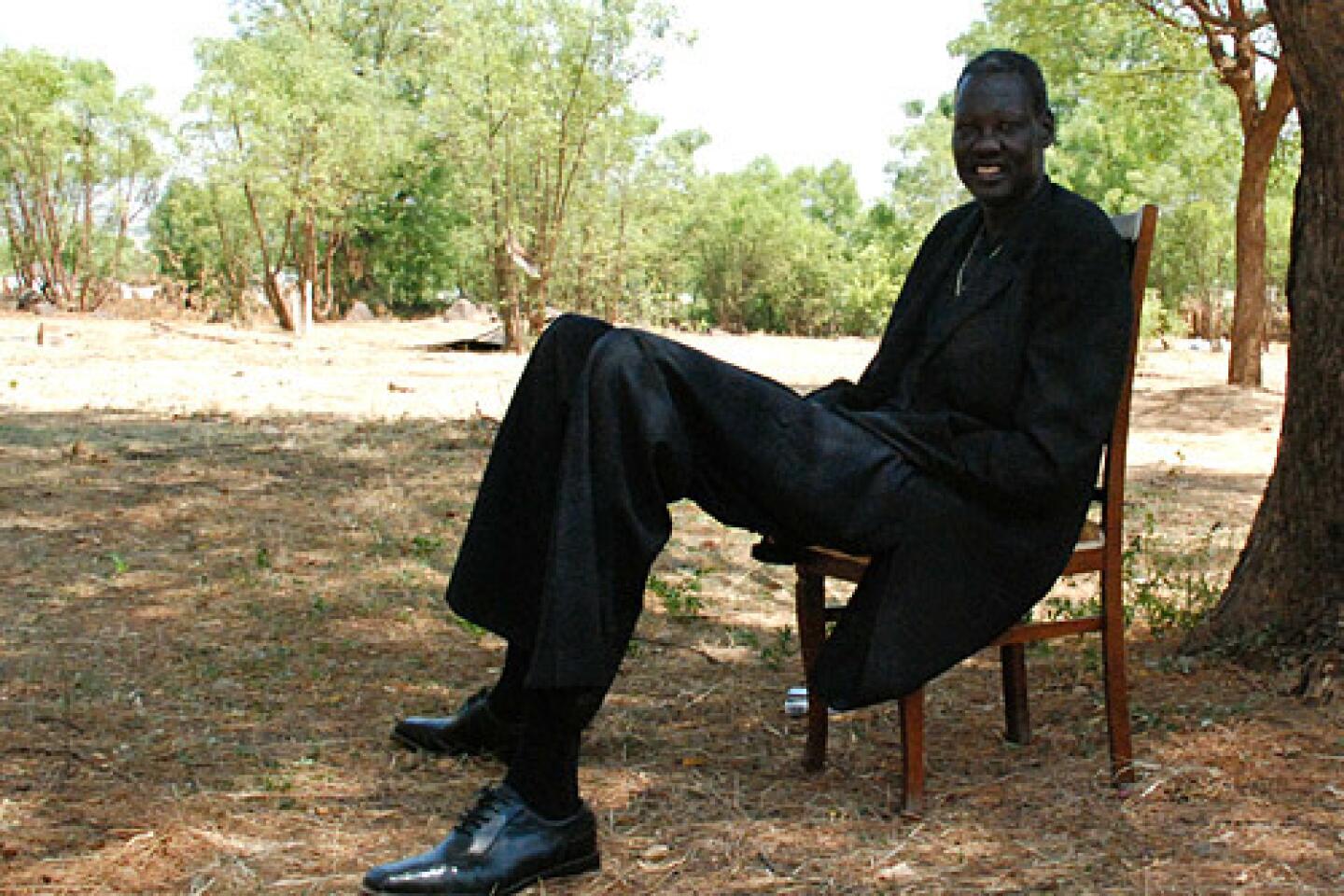John Chase dies at 57; writer, urban designer for West Hollywood
- Share via
John Chase, who as a writer and urban designer championed civic space and vernacular architecture in Southern California, finding poetry in stucco-clad apartment buildings, down-market modernism and overlooked corners of the urban realm, died Friday morning. He was 57.
The cause was a heart attack, said Deborah Murphy, a longtime friend and former classmate at UCLA, where Chase earned a master’s degree in architecture in 1980.
As urban designer for the city of West Hollywood, a job he had held since 1996, Chase coaxed architects, developers, public agencies and other groups to carve out room in their projects for civic amenities, including park space, street furniture and shade-giving trees. Working for the planning department in a role that he helped define — few cities have urban designers as such — Chase played a significant role in the reconstruction of the West Hollywood segment of Santa Monica Boulevard and high-design condominium complexes by architect Lorcan O’Herlihy, among other projects.
Chase was perhaps best known for his writing on architecture, urbanism, planning and preservation. Many of his essays are collected in “Glitter Stucco & Dumpster Diving: Reflections on Building Production in the Vernacular City,” published by Verso Press in 2000. With Frances Anderton he wrote a 1997 study of Las Vegas architecture and urbanism. Chase was also an editor, with John Kaliski and Margaret Crawford, of the 1999 book “Everyday Urbanism,” which was updated in 2008.
The thread connecting Chase’s planning work and his writing was a fondness for the kind of architecture that hides in plain sight — an anonymity that is particularly acute in Southern California, where attention-grabbing landmarks have tended to be private houses rather than public buildings or grand civic spaces. Chase was a dedicated pedestrian who learned to read the cityscape on foot but also an urban designer with a sharp understanding of how architecture in Southern California has to acknowledge the speed and flow of car traffic.
Rather than entertaining utopian fantasies about the future of cities or engaging in rarefied theoretical debates, he was interested in how the built landscapes and streets of Southern California look and work (or don’t work), how they came to be and how they might be improved.
“You pick the music you want to listen to, you pick which television shows you want to watch, but everyone, as a citizen of the world, has to deal with the as-found environment,” he told a Times reporter in 2001. “I’m always interested in the existential puzzle of how you live in the world around you and how you relate yourself to the physical environment.”
John Leighton Chase was born May 21, 1953, in Pasadena and grew up in South Pasadena, where his family lived near houses designed by Charles and Henry Greene and Irving Gill. While studying art history and architectural history at UC Santa Cruz, Chase was drawn into debates over development and preservation, and covered city planning meetings for the campus newspaper.
Shortly after earning his degree he self-published his first book, “The Sidewalk Companion to Santa Cruz Architecture.” It was reissued by Paper Vision Press in 1979. Later he moved on to UCLA, where he joined a class of master’s students that included architect Ming Fung and landscape architect Katherine Spitz.
Throughout his adult life Chase grappled with what he called “the problem of making a living.” He published his second book, “Exterior Decoration: Hollywood’s Inside-Out Houses,” in 1982. Torn between his desire to write and an interest in less solitary and more reliable employment, he worked variously for Disney and for several architecture firms and briefly, in 1985, as architecture and design critic for the San Francisco Examiner. From 1989 to 1996 he operated an architectural consulting firm.
According to Murphy, Chase had recently announced plans to retire from his urban design position to devote more time to writing.
Chase was an avid contributor to debates about planning and development across Southern California. Nearly every writer on architecture and design in Los Angeles knew him as a reliably perceptive and entertaining e-mail correspondent. When he wasn’t taking part in a panel discussion or a civic meeting he could be found in one of the front rows at such events, always easy to spot because of his elaborate color-coordinated outfits.
Indeed, Chase cultivated a public persona that was flamboyant but also approachable. Like those stucco boxes he wrote about, he was a hedonist and a pragmatist both — a down-to-earth dandy, an earnest provocateur.
He is survived by his husband, Jonathan Cowan; a sister, Laura Chase; and two nephews and a niece.
A public memorial is planned for 4 p.m. Aug. 24 at Fiesta Hall in West Hollywood’s Plummer Park. The invitation asks attendees to “dress as if John picked out your outfit (bright & festive).”
christopher.hawthorne@latimes.com
More to Read
Start your day right
Sign up for Essential California for the L.A. Times biggest news, features and recommendations in your inbox six days a week.
You may occasionally receive promotional content from the Los Angeles Times.
